
Introduction
Limpopo has long been South Africa’s Cinderella province, not even mentioned in some guidebooks. But in more recent times it has taken its rightful place as a sought-after tourist destination with big game, brilliant birding, untamed bush landscapes, a marvellous ancient African kingdom, places of myth and legend, and as the northern gateway to Kruger National Park.
Top attractions
Limpopo is South Africa’s northernmost province, and is bordered by Mozambique, Zimbabwe and Botswana.
Overview of Limpopo
The people of Limpopo include the Venda and Ndebele
Named after the mighty Limpopo River, and bordering Mozambique, Botswana and Zimbabwe, Limpopo is South Africa’s northernmost province and one of its wildest (wildest in terms of immense untamed landscapes).
It’s more off the regular tourist beat than its better-known neighbour, Mpumalanga, but because of its malaria-free game parks, the UNESCO World Heritage Site of Mapungubwe (possibly Southern Africa’s first-ever kingdom), its cultural heritage steeped in myth and legend, and its fascinating mountain ranges, it is now a drawcard for travellers who are seeking roads less travelled.
Once known as the ‘Great North’ (and the Great North Road, the N1, still bisects the province on its way from Johannesburg via Polokwane to Zimbabwe), Limpopo is now home to one of South
Africa’s most popular and malaria-free big game destinations – the Waterberg, a high plateau in the west of the province surrounded by bushveld. The Marakele National Park and the privately owned Welgewonden Game Reserve are here, as is the renowned Lapalala Wilderness area.
Limpopo is also known for its rich cultural heritage. You’ll find woodcarvers, potters, intricate beadwork, legends and myths, and even a Rain Queen, the hereditary female ruler of the Modjadji people, who is held to have the power to make rain. Many rivers and lakes are believed to be the home of water spirits and sacred pythons, which are given offerings and paid homage to by the local people on a regular basis. In north-east Limpopo in the Venda region, Lake Fundudzi and the deep, indigenous Sacred Forest are particularly revered as ancestral sites.
The southern slopes of the far northern Soutpansberg mountains have a subtropical climate with lush farms growing macadamia nuts and avocados, although higher up you’ll find more typical mountain scenery with gorges, waterfalls and hillsides, where more than 550 species of trees flourish. Because of its unique ecosystems, the area is designated a UNESCO Biosphere Reserve.
Apart from lots to see, there’s also plenty to do, from hiking and horse riding (experts claim that horse riding and game viewing from horseback in the Waterberg is the best in the country) to Big Five spotting, fishing, rock climbing and much more.
Forget Limpopo the Cinderella province. It has definitely come to the party.
National parks
Limpopo is home to the UNESCO World Heritage Site of Mapungubwe, an ancient African kingdom
Polokwane is the capital of Limpopo
Main centers
Timeline
The Big Five game reserves can be found in Limpopo.
Tips for our dESTINATION eVENTS travelers....
-
If you’re on an extremely tight budget, we would consider putting you up in some of Limpopo’s fantastic game lodges and safari destinations as they are often more affordable options than elsewhere in the country.
-
For an authentic experience in a living museum (a far cry from a touristy theme village) visit the Bakone Malapa Museum 9km outside Polokwane. It’s a great place to buy arts and crafts.
-
Be sure to photograph a giant baobab tree (Adansonia digitata), one of Africa’s longest living trees. Known as the ‘upside down’ tree, you’ll find them all over Limpopo, especially in the north.
-
Try to avoid Polokwane at Easter, when millions of members of the Zionist Christian Church flock to Moria, just outside the city. Also try to avoid Musina and its approach roads to and from the Zimbabwean border at holiday times, particularly over the December holidays.
-
If you’re interested in local Venda myth and legend, take a guided trip to Lake Fundudzi from the Khoroni Hotel in Thohoyandou.
-
The Venda and Tsonga regions of Limpopo are noted for their arts and crafts. Shop for pottery, woodcarvings, tapestries, paintings, basketwork and beadwork.
Limpopo boasts three national parks: Marakele, Mapungubwe and the Kruger National Park.
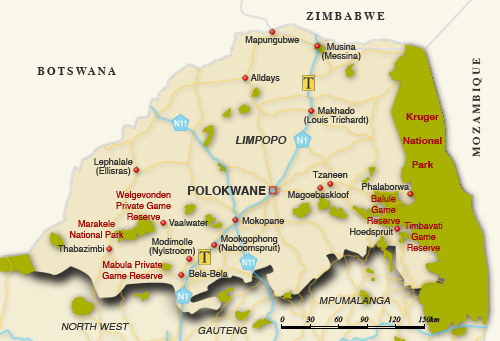
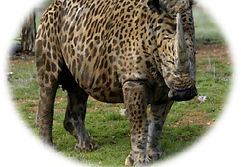
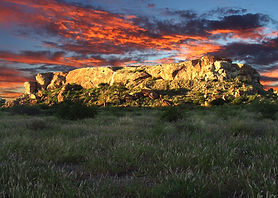
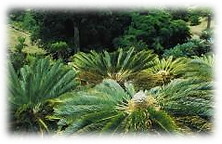
Modjadji Cycad Reserve
Home to some of the oldest and biggest cycads on Earth, the reserve offers walks, game and a variety of bird species.
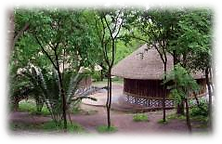
The African Ivory Route
This legendary old route of ivory hunters and gold traders that curves in a giant horseshoe for some 2 000km along the eastern, northern and western boundaries of the province is strictly for the adventure traveller. Navigate the often extremely rugged terrain in your hired 4x4, hike, or take a guided trip. There’s plenty of accommodation, awesome scenery, excellent big game, abundant birdlife, and splendid isolation.
Baleni Camp on the African Ivory Route
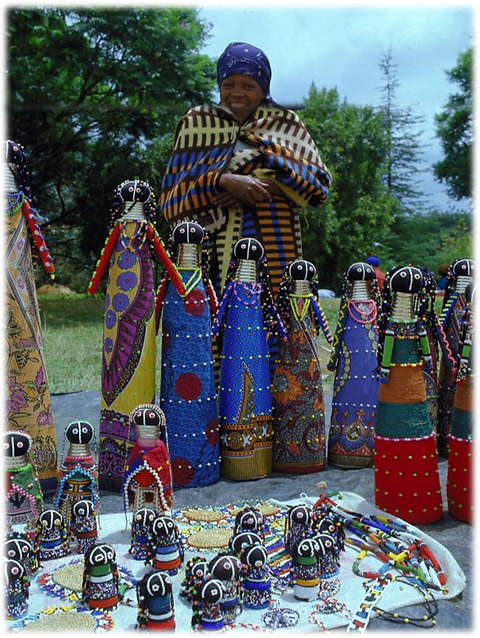
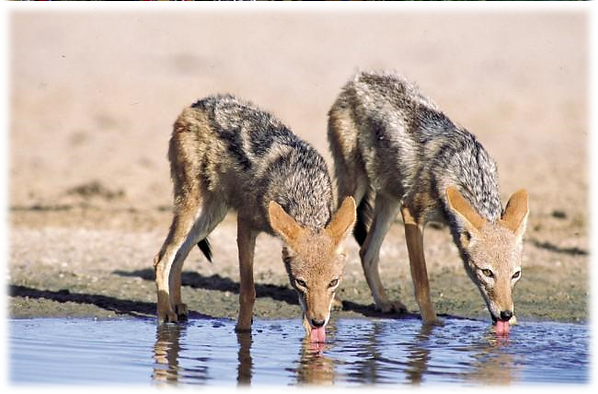
Limpopo
Limpopo is home to no less than three national parks; the Kruger National Park, the Marakele National Park and the Mapungubwe National Park.
The province gives travelers access to the northern part of the Kruger National Park (the Kruger’s lower reaches are in Mpumalanga). The Kruger’s two northernmost gates are in north-east Limpopo: Pafuri and Punda Maria. They lead to the tiny camp of Punda Maria, one of the park’s prettiest. Find great baobab trees and fever tree forests along the banks of the Luvuvhu River, teeming game, and the best birding in the park with some sought-after endemic species.
The Big Five can also be found in the Marakele National Park, although not always as easy to spot as in the more frequented Kruger. But it’s your only opportunity in a South African national park to see the rare subspecies of black rhino (Diceros bicornis minor). Sable, tsessebe, gemsbok and red hartebeest are also found here.
The Mapungubwe National Park is of significant cultural and historical importance – it was home to a prosperous African civilisation as far back as 1200AD. Golden objects (see the famous Golden Rhino in the Interpretation Centre) were discovered at this UNESCO World Heritage Site, which is one of the most important archaeological sites in the country. There’s also good game, great birding and excellent park accommodation.

Mapungubwe National Park, Limpopo
One of the most important archaeological sites in the country.
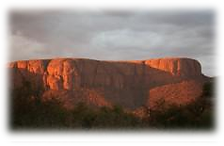
Marakele National Park, Limpopo
Big Five, sable, tsessebe, gemsbok and red hartebeest are found here.

Kruger National Park, Limpopo
The province gives travelers access to the northern part of the Kruger National Park.
The beauty of Limpopo
Limpopo is blessed with scenic beauty and great biodiversity.
One of its most diverse and attractive offerings is the Waterberg, a 14 500km2 area of spectacular scenery and biodiversity. Old farms and ranches have been converted by local landowners and now form the Waterberg Biosphere Reserve – one of South Africa’s top conservation projects, which is teeming with game (it’s malaria-free Big Five country), birds and hundreds of plant species. It is home to the Marakele National Park and the privately owned Welgewonden Game Reserve.
Further north, the mountainous Soutpansberg area forms part of the Vhembe Biosphere Reserve. Like the Waterberg, it is an area of great biodiversity, and offers the traveler more than 550 species of trees, hundreds of species of birds, waterfalls and mountain scenery. This is a great place to unwind and immerse oneself in a serene wilderness experience.
And should you want to see some of the oldest and biggest cycads on Earth, then the 530ha Modjadji Nature Reserve north-east of Tzaneen is the place to go. When there’s no mist, you can gaze out high over the cycad forest to the Kruger National Park and the Lowveld beyond. Twelve kilometers of accessible walks take you down from the forest to the grassland below where waterbuck, blue wildebeest, impala and bushbuck roam, plus 170 bird species. The fabled Rain Queen lives next door, so keep your eyes peeled.
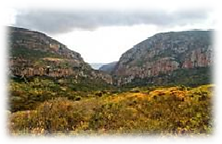
The Soutpansberg
Soutpansberg area forms part of the Vhembe Biosphere Reserve, and offers the traveler more than 550 species of trees, hundreds of species of birds, waterfalls and mountain scenery.
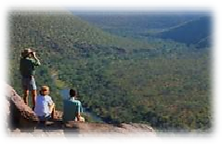
Waterberg Biosphere Reserve
The Waterberg offers spectacular scenery and biodiversity.

The Big Five
The Waterberg Biosphere Reserve – one of South Africa’s top conservation projects, which is teeming with game is also a malaria-free Big Five country.

Modjadji Nature Reserve
If you want to see some of the oldest and biggest cycads on Earth, then the 530ha Modjadji Nature Reserve north-east of Tzaneen is the place to go.
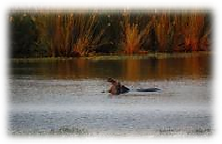
Marakele National Park
A hippo yawns in a river at Marakele National Park.

Polokwane
Polokwane, Limpopo’s capital city, in the center of the province, is the commercial, administrative and agricultural hub of the region, characterised by wide streets, colourful flowering trees, shopping malls, offices and fast-flowing traffic on the way to and from the Zimbabwean border.
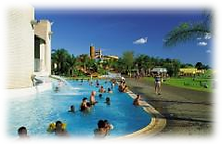
Bela Bela
Formerly known as Warmbaths because of its natural hot springs, and known by the local Tswana people as ‘water that boils on its own’, this pleasant little town in the heart of the Waterberg, just over an hour’s drive from Gauteng, is now a popular health and wellness destination and holiday resort.
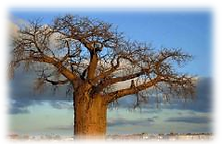
Musina
Limpopo’s northernmost town at the confluence of the Sand and Limpopo rivers is notorious for its lengthy border-crossing queues into Zimbabwe. Surrounded by hunting farms and a diamond mine, it lies on the road to the north that is reputed to be one of the busiest – if not the busiest – in Africa.
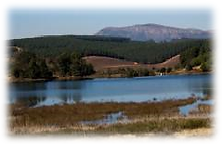
Haenertsburg
This quaint little town, 60km east of Polokwane on the road to Tzaneen, is one of those attractive arty-crafty villages off the beaten track that dot the South African landscape. It provides a good base for exploring the surrounding Magoebaskloof forests and valleys.

Modimolle (Formerly Nylstroom)
This pleasant small town is flanked by the Nylsvlei Wetland, a world-famous birding mecca for waterbird enthusiasts, and the Waterberg Biosphere Reserve. It was once the home of JH Pierneef, one of South Africa’s most famous landscape artists.

Kruger National Park
This is the most famous of South Africa’s game reserves. Old Africa hands claim that the northern part of the park, in Limpopo, is its wildest and most diverse.
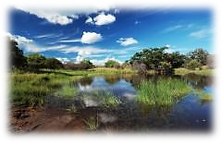
The Waterberg
This UNESCO Biosphere Reserve, one of South Africa’s top conservation areas, is malaria-free Big Five country. Stay at the very affordable Marakele National Park or opt for the privately owned Welgewonden Game Reserve, and spot game, hundreds of birds, trees and plants, on guided game drives, horse rides or walks.
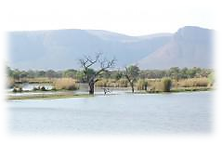
Marakele National Park
You’ll find the highest peaks of the Waterberg in this catchment area of five rivers. Marakele is a very wild, dramatic park with rich vegetation, deep valleys, open grasslands and woodlands. The Big Five are all here.
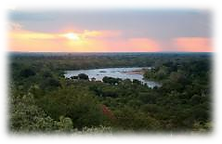
Mapungubwe National Park
Once upon a time, between 1200AD and 1270AD, in this remote north-western corner of Limpopo, a wealthy and thriving Iron Age kingdom traded as far afield as India, China and Egypt.

The Soutpansberg
This mountainous area, designated part of the Vhembe Biosphere Reserve by UNESCO because of its unique, rich biodiversity, is a natural wilderness with approximately 580 species of trees, great birdlife (including raptors) and some small mammals.

Makapansgat Valley
Once a lush tropical paradise and still brimming with biodiversity, this beautiful valley is also home to many ancient caves, not only full of animal and plant fossils, but also with hominid fossils that date back 3.3-million years and link to Gauteng’s Cradle of Humankind. Anyone who has the remotest interest in the story of humankind should make a stop here. © Johan Paquay
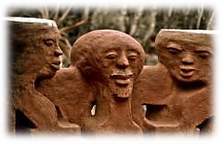
Prior to 300AD
Prior to 300AD, the first black Africans arrive across the Limpopo River and establish themselves.
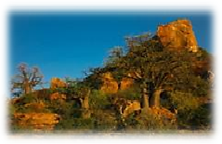
1200AD - 1270AD
Between about 1200AD and 1270AD, the Kingdom of Mapungubwe flourishes close to Zimbabwe border.

1830's and 1840's
In the 1830's and 1840's, ox-wagon wheels of Voortrekkers fleeing British colonial oppression carve out the Great North Road from present day Gauteng towards Zimbabwe. © Ryk Neethling
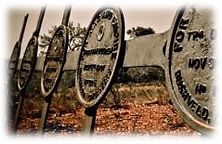
Mid-1800's
The mid-1800s are characterised by battles between Boers and the local Ndebele and Venda peoples.
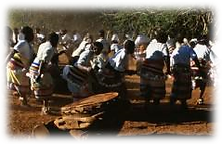
1970
In 1970, the Bantu Homelands Citizenship Act states that all black Africans are henceforth citizens of ‘homelands’ – the country's least desirable places. Limpopo’s ‘homelands’ were Gazankulu, Lebowa and Venda.
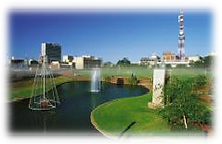
2003
After South Africa's democratic transition in 1994, Limpopo was named the Northern Province. It was renamed Limpopo in 2003.
